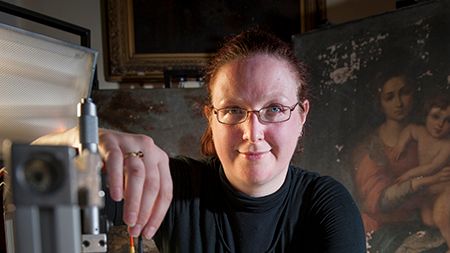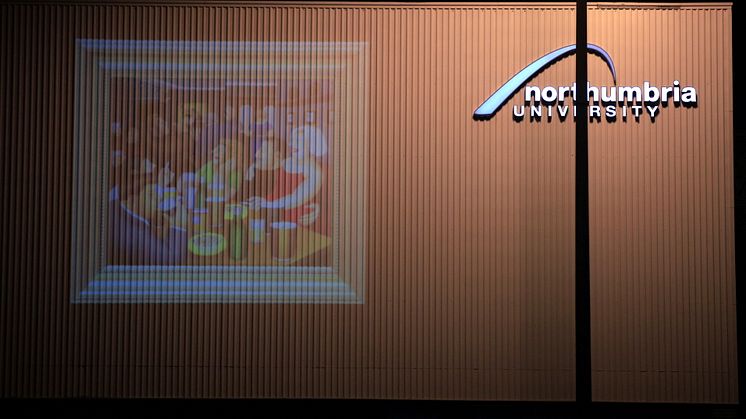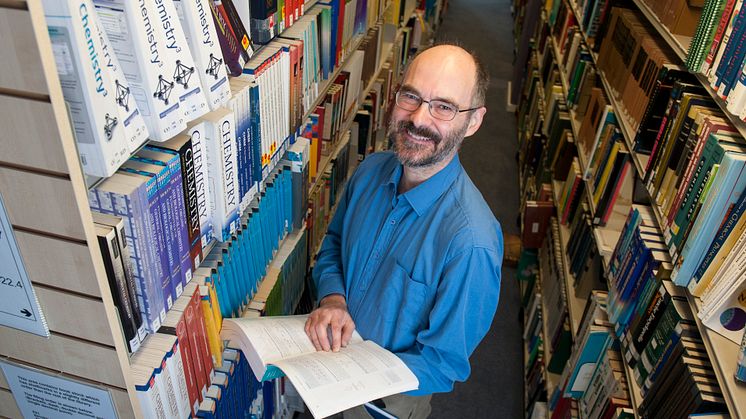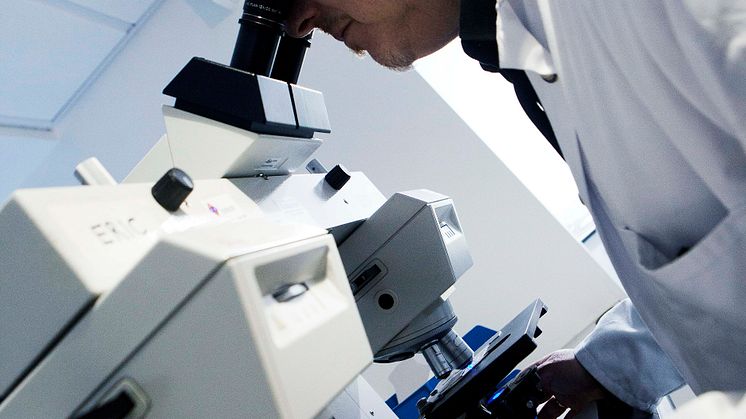
Press release -
Unravelling the mysteries of famous medieval map
A Northumbria University scientist is part of a ground-breaking new project which is using modern technology to reveal the secrets of a medieval map of Britain.
The historic Gough Map – named after one of its former owners, 18th-century antiquarian Richard Gough – is internationally renowned as the oldest surviving route map of Great Britain. Dated around 1360, the map is drawn on two pieces of sheepskin and shows the country on its side at a time before the convention of maps pointing north.
Held in the Bodleian Library in Oxford, the priceless artefact has been subject to many research projects yet key questions still remain unanswered – when exactly was the map made, who was it made for and why?
These are the questions which Dr Kate Nicholson, Lecturer in Physical Chemistry at Northumbria, and a team of experts are hoping to answer using cutting-edge scientific technologies. The researchers – including chemists, conservators and historians – have spent a week in Oxford carrying out scientific analysis on the map.
Working alongside Professor Andrew Beeby, Chemistry Professor at Durham University, and Professor Tony Parker, from the Rutherford Appleton Laboratory, Dr Nicholson analysed the pigments used to paint the map. The group used a technique called Raman spectroscopy which uses laser technology to pinpoint the molecular make-up of the pigments.
This analysis could provide vital clues as to where and when the map was created as different pigments were used at different points in history. Before they could do this, however, an entirely new piece of technological equipment had to be developed.
“The machine we would normally use to carry out the Raman spectroscopy is worth quarter of a million pounds and moving it around is a huge undertaking,” explained Dr Nicholson.
“Equally, the artefacts we work on are insured for eight figure sums so simply cannot be moved from the Bodleian Library.
“That’s why we developed a smaller, more portable system which fits into a suitcase and which we can take with us anywhere in the country.”
The specially designed instrument is powerful enough to determine the chemical nature of pigments, but harmless enough to be used on precious artefacts like the Gough Map. The research group will meet again in November at a mini-symposium to compare results and find out what the Raman analysis and the various other techniques used in this study have revealed about the map.
Northumbria’s specialism in both the Conservation of Fine Art and in Chemistry means the university has a strong track record of analysing art for conservation in this way and the team have been invited to go and use the spectrometer on other contemporary maps in the future.
Dr Nicholson said: “The Gough map is a hugely significant piece of history so being offered the chance to work on the original was a real honour.
“On top of that, collaborating with experts from such a range of different areas gives a spark to your research which you wouldn’t get when focusing on just one discipline. I absolutely love my job and this project has definitely been the highlight of my career so far.”
Northumbria University offers undergraduate and postgraduate courses in Chemistry and in the Conservation of Fine Art. For more information, click here.
Categories
Northumbria is a research-rich, business-focussed, professional university with a global reputation for academic excellence. To find out more about our courses go towww.northumbria.ac.uk
If you have a media enquiry please contact our Media and Communications team at media.communications@northumbria.ac.uk or call 0191 227 4571.














